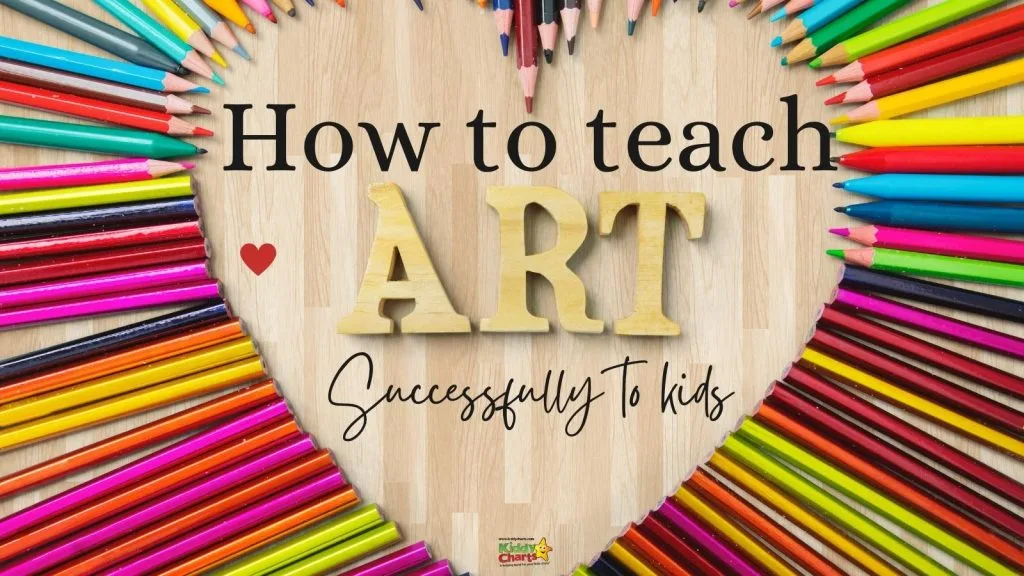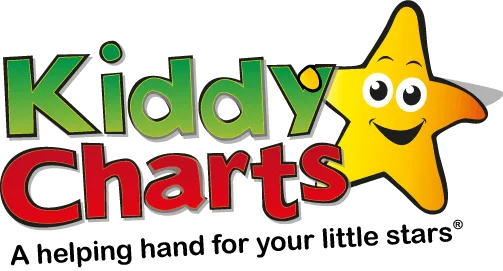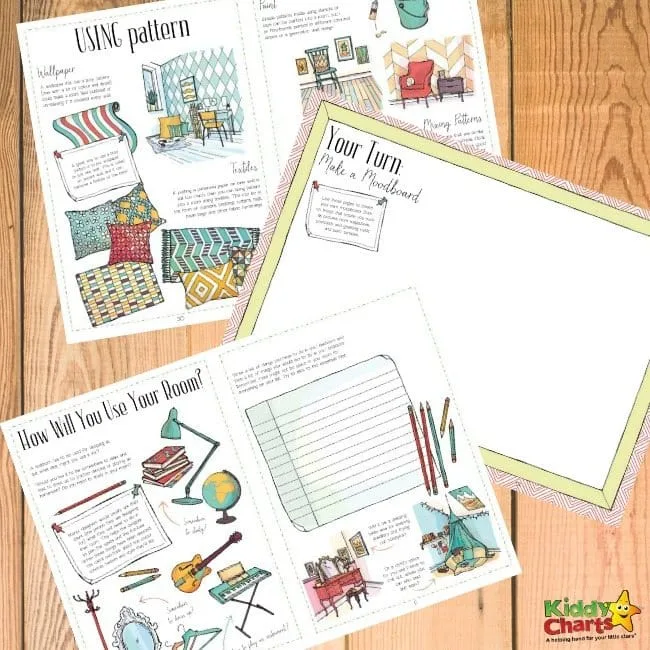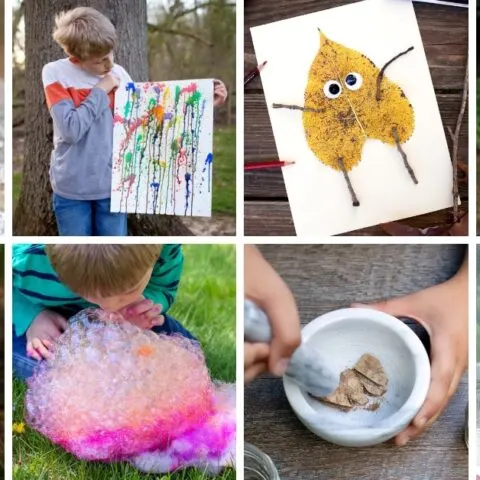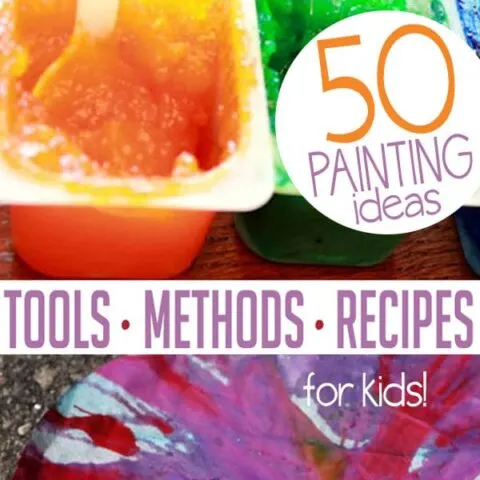Today we are looking at how to teach art to kids, whether you are an artist that needs to earn a little extra like Aaron Blaise, a homeschooler, or even an Art teacher.
As an artist, you might encounter moments when you are unable to sell as many works as you would want. When people do not understand the genuine worth of art, it is difficult to maintain a steady income.
That is why teaching is an excellent opportunity to share your knowledge while also earning. You don’t have to teach lessons every day; you may do it monthly, weekly or hourly and earn a nice living while possibly discovering your love for teaching.
As a homeschooler, Art is a wonderful opportunity for children to develop their creative skills, while also learning to research and appreciate art work.
If you are a teacher, perhaps thinking about becoming an art teacher, then Art is likely your passion, and you probably know all this already, but it does no harm to brush up on those teaching skills from time to time. We are always looking out for classes that do kids painting near me, as it is something that the kids love to do. Here are some tips for those taking those art classes near me:
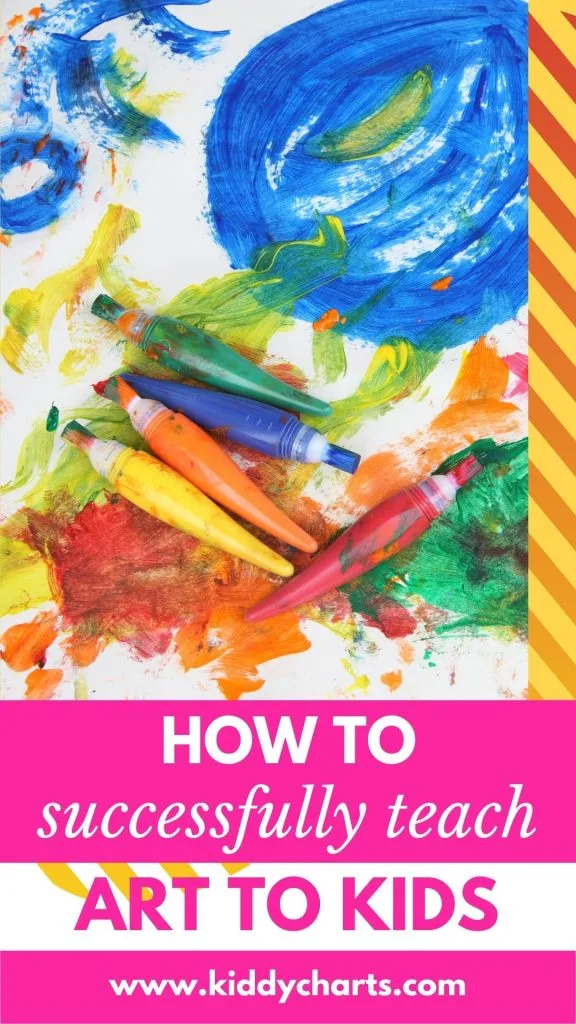
Essential tips for teaching Art to kids
1. Show up with samples
To begin, simply show up to your kids some samples that your students can work with. It’s as simple as that. Start with an easy-to-work-with medium like acrylics. Then you can progressively introduce other materials, such as a color palette, color mixing chart etc. to assist children to comprehend and improve their skills.
‘Duplication’ is the key to teaching rational art lessons for beginners. This implies that everyone should be using the same resources and creating the same piece. They can put their spin on it, but no matter what sort of class you’re teaching, you don’t want to offer students too many alternatives.
You might even consider checking out any art classes for adults near me, well you, so that you can find examples of great art to share with the kids.
2. The step-by-step process
Many experts believe that the greatest way to teach children art is to take them step by step through painting. This way, they’ll be able to fully comprehend what you’ve done at each phase and quickly pick up methods like what kind of brush strokes you used and how you blended the colors to get various color tones.
Nevertheless, if you want to organize your classes as workshops, you can do so, but it will take a lot more planning and preparations just to get started with children. You will need to understand how to set up your classes to get the best outcome.
Yet, if you just want to get your feet wet with the whole teaching process, you can start by looking at your local art stores or community centers and just jump in with the step-by-step approach.
3. Personal projects
When working with children for the first time, duplication is critical. Everyone starts at the same level and uses the same materials to develop the same skills. However, after a given amount of time, this may become an issue. Some children are quick learners, and they may become stuck because of those who have fallen behind, causing your courses to become disorganized.
Start introducing personal initiatives to avoid this. They can either bring in their references or pick from the ones you supply. In this manner, it doesn’t matter if someone is driving too quickly or too slowly, and no one feels rushed. Children will not think they are not improving and are less likely to get frustrated because they can work at their own pace.
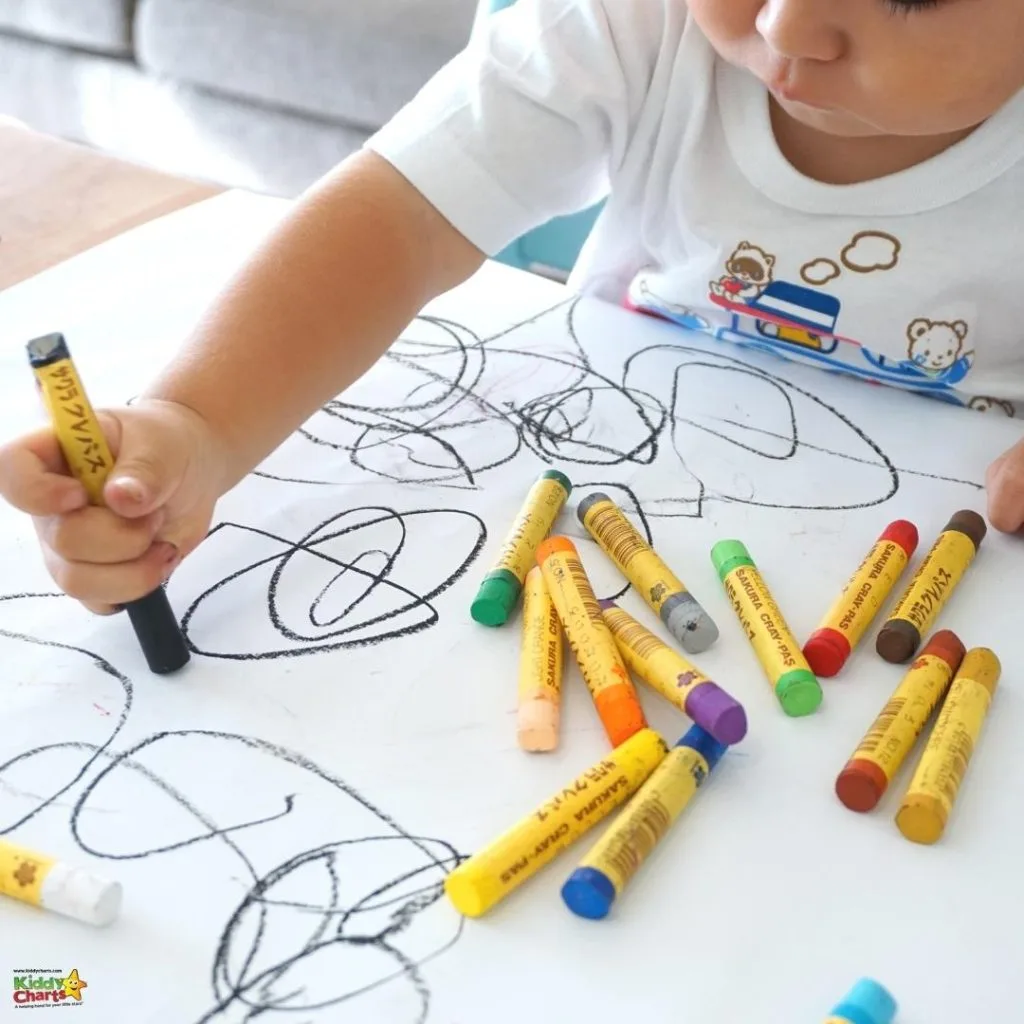
Perhaps you might like to consider something a little different for personal project as well, getting inspiration from Walt Disney feature animation. it might be worth doing some story boards for an animated feature film, and maybe even given some prizes for the best animated feature film story board that your family, or class come up with? Maybe even have a little visit to Disney’s Burbank animation studios as part of the classes?
4. How to structure your class
Begin with the supplies. If you want to present the youngsters with tiny supply kits, go ahead and do so. If not, create a supply list and have the children purchase their supplies.
You should carry a lightbox, a hairdryer, and some reference images with you each week. It is critical that you show up and do not cancel your class, regardless of the number of students in it.
You can set a maximum restriction for yourself. Start with five or six students and work your way up from there. Getting this amount right relies on how much experience some pupils have and how much attention they require. To get started, new learners require a lot of care, so choose this number carefully.
5. Class timings
Because there is more money coming in, you can get excited and try to get various classes you want to take throughout the week. The issue is that you are simply distributing the same number of students throughout the board.
If you just have four students signed up, for example, you will only be able to spread them out over four different times, earning far less than you should.
Start by taking two classes per day. Only if those classes get packed should you consider adding more. You will simply be spreading yourself too thin and not making any meaningful progress if you have too many lessons, to begin with. If someone wants to attend the course, they will make it happen, even if the time isn’t ideal for them.
6. Important Art vocabulary
Many art teachers overlook the importance of familiarizing students with terms commonly used by artists when they first begin teaching painting. Depending on the age group you’re teaching, you’ll need to explain what primary colors, secondary colors, tertiary colors, tint, warm colors, varnishing, and other terms mean.
This is another reason why determining what age group you want to teach is vital since you will need to plan your sessions accordingly. If you start with kindergarteners, you’ll need to teach them the seven elements of art, which include shapes, lines, and other components.
If you start with older children, such as those in grades 7 to 10, you may not need to explain certain basic concepts to them.
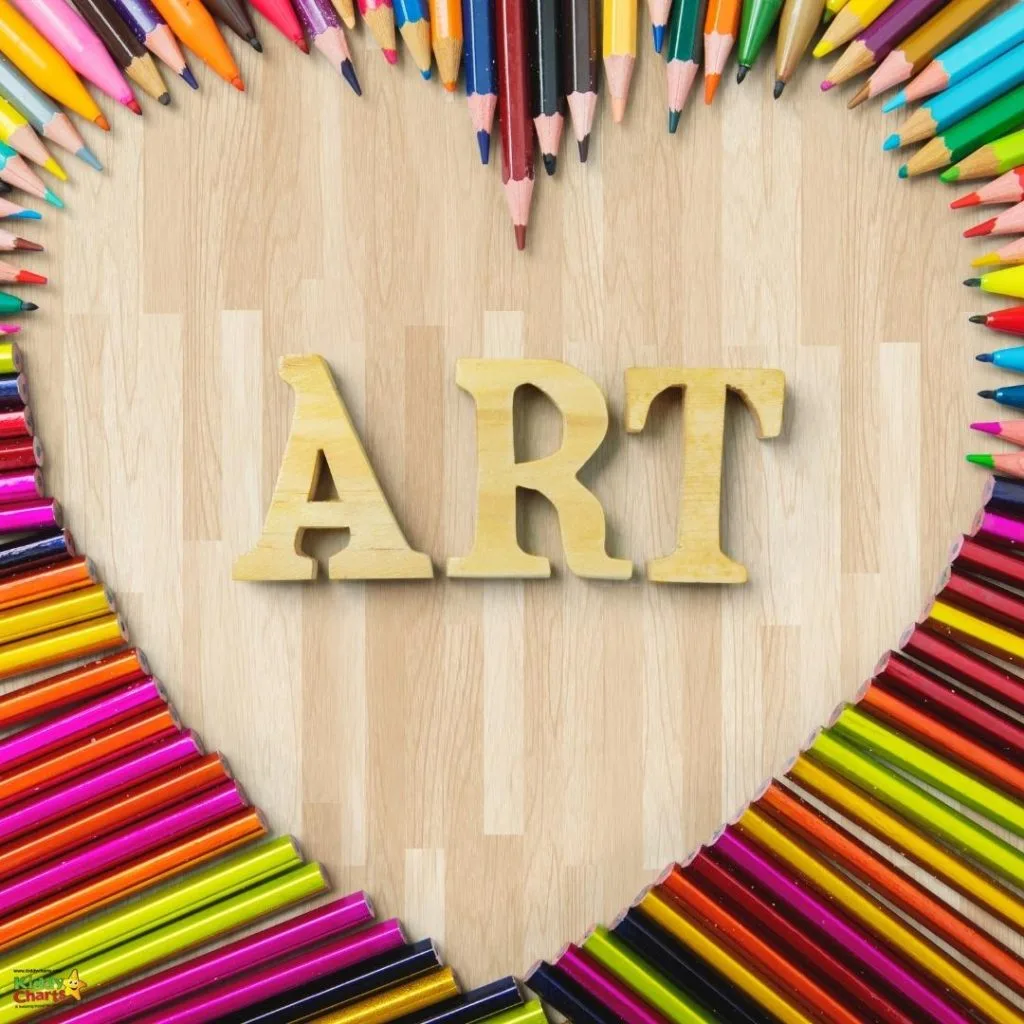
7. Keep it simple
Because children have short attention spans, you should start with something simple. This way, students will be able to study in one or two hours without losing focus.
The canvases should be modest, and the techniques should be simple. They are unlikely to sit for two hours. The greatest method to acquire good outcomes is to use simple designs.
8. Let them do the work
When someone is unable to accomplish something, your initial reaction as a teacher is to do it for them as a way of teaching them. When it comes to painting, you should let them make their own mistakes and learn from them.
Educate children about the various sorts of materials available, such as pencils, brushes, and paints. If you’re using acrylic paints, tell them about the consistency of the paint and how to mix it. After that, let them mix their own paint. This will make it more enjoyable for them, and they will be able to learn how to make different shades on their own.
If you let them do some experimentation by themselves, it will increase their confidence and they will love attending your sessions.
9. Keep learning yourself
As a teacher or educator, you must recognize that you will have to continue to learn new techniques and skills to give your students the finest education possible.
When you first start, you should not expect to know everything there is to know about art history and techniques. You will also continue to learn from your classes and the mistakes your students make, allowing you to improve as an artist.
Management skills are another crucial thing to develop. You must have a personality that permits you to be structured, consistent, and self-assured, and this can take time to develop. When you’re teaching, students expect to be informed on every part of the class, and you must be able to keep them informed.

10. The clean up
If you’re a middle school kid’s teacher / homeschooler, here’s what you need to know about keeping your classrooms clean and neat. To begin, use paper pallets; they are disposable, and the paint adheres well to them, making cleanup much easier.
You can let youngsters mix their own paints, but you should pour the paints yourself because kids can get sloppy or pour more paint than is needed, squandering resources.
It’s also a bad idea to let kids wash their brushes. Allow them to bring it to you and then gather them all in a tub to soak. That means they’ll spend less time at the sink, and you’ll be more organized and tidy. Table sheets are also an excellent idea because accidents can happen at any time, and if you don’t want difficult-to-remove stains on your tables, you should use them.
11. Be patient
Children are inquisitive, they will ask a lot of questions, and they will require time to adjust to new situations. You must be patient and gentle with them. You must maintain your composure at all times. If you want to be a good teacher, you must enjoy working with children.
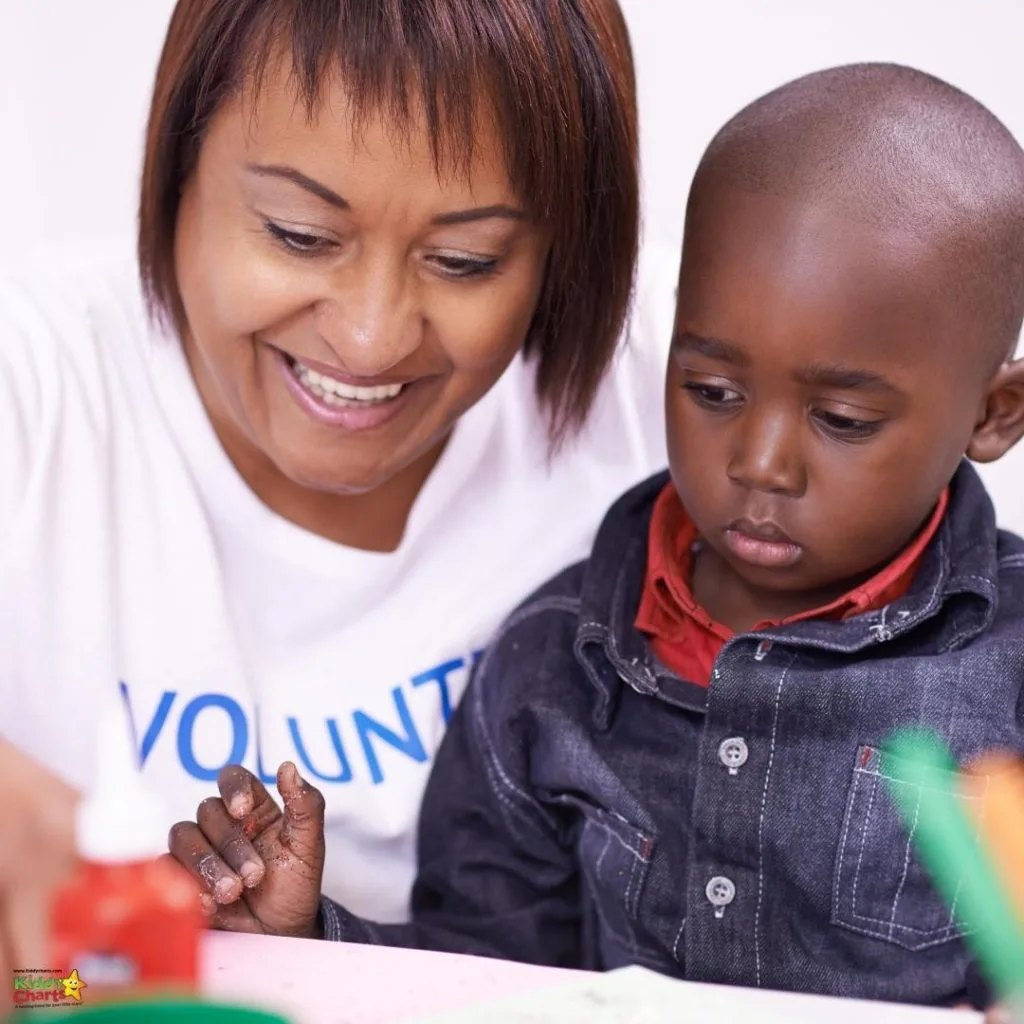
12. Check out these 10 additional ideas – a fabulous new bonus
Above are our top 11 ideas for you. We DO have more though, so perhaps you can try out the below as well? These are our bonus thoughts at number 12!
- Incorporate art therapy ideas: Add this into the curriculum for a more holistic approach. Art therapy has been shown to improve self-expression, reduce stress and enhance creativity in children. This will not only make the art class more engaging but also provide a therapeutic outlet for children to express their emotions through their artwork.
- Utilize a variety of art media and materials: This helps to keep the students engaged and interested in the lesson. For younger students in kindergarten, start with basic materials such as crayons and markers, then gradually introduce other mediums like watercolors, pastels, and clay as they progress. For 8th grade students, challenge them by incorporating advanced materials such as acrylic paint and mixed media into their projects.
- Introduce an “art genius hour”: This is where students are allowed to work on a project of their choice for an hour each week. This allows them to explore their own interests and talents under minimal guidance from the teacher, promoting self-directed learning and creativity. It also gives them an opportunity to showcase their skills during classroom presentations or school events.
- Art certification: Encourage aspiring art teachers by providing information about art teacher certification programs or hosting workshops for those interested in pursuing a career in visual arts. This not only promotes the importance of art education but also supports future generations of art educators.
- Incorporate lessons that tie in with other subjects: This might include areas such as science or history to make learning more interdisciplinary and interactive for older students. For example, an 8th-grade art project could involve creating a painting based on a historical event or scientific concept.
- Emphasize the importance of exploration and experimentation: This is an important part of the creative process rather than focusing solely on producing a finished product. This will encourage children to take risks and think outside the box while creating their own unique artworks.
- Use real-life examples of famous artists or local artists: This can really spark kids’ imaginations, particularly if those you pick have made significant contributions to the art world as inspiration for class projects. This can spark interest and motivation in students to learn more about different art styles and techniques.
- Incorporate group projects: This helps to promote teamwork and social skills while creating art. This not only encourages collaboration but also exposes students to different perspectives and approaches to art.
- Provide opportunities for children to display their artwork: This is often in the school, but why not consider the local community, such as an art gallery or even a school-wide art show. This not only showcases their talent but also boosts their confidence and sense of achievement.
- Make sure to keep the lessons fun: It’ll be even more engaging if you incorporate games, music, or even storytelling into the art curriculum. This will ensure that children are excited about learning and look forward to attending their art class each week.
Just have fun with it
Art is a work of passion. It is interesting and fun to do and that’s exactly how your classes should be. So don’t forget to have a lot of fun while teaching your classes.
With the tips we have provided, getting started should be easy. Just be persistent and enduring and you will reach great success as a teacher.
If you want to see other articles on the site that are relevant to you, why not check these out?
Art and design activities on KiddyCharts
More ideas on KiddyCharts focused around drawing, art and design.
Design your own room coloring sheets and activities for kids
A lovely activity to get kids to design their own room - another perfect desgin based activity for them to have a go at.
Wall art: Simple cat craft for kids
Why not get them design something for their wall? This is a really wimple piece of wall art for the kids that they'll love to have a go at.
Mindful art activities for children #31DaysOfLearning
Are is a wonderful mindful activity of course - here are some mindful art ideas for any age.
There are also other suitable articles from other fellow Kids’ sites too:
Articles on art and creativity from the internet
Here are some ideas for getting the kids creative with their art.
Fun Outdoor Arts and Crafts Ideas for Kids
Ideas for outside for you and the kids to get stuck into from Fireflies and Mudpies.
Painting Ideas for Kids with 50 Tools, Methods & Recipes
Some thoughts and ideas on painting, including tools and techniques to help kids with their creativity.
50 Fun & Engaging Process Art Projects for Kids
Finally, loads of great ways of using process art to inspire your kids.
We hope you like this article – feel free to sign up to our newsletter if you do:
See you soon,
Helen
This is a collaborative post.
